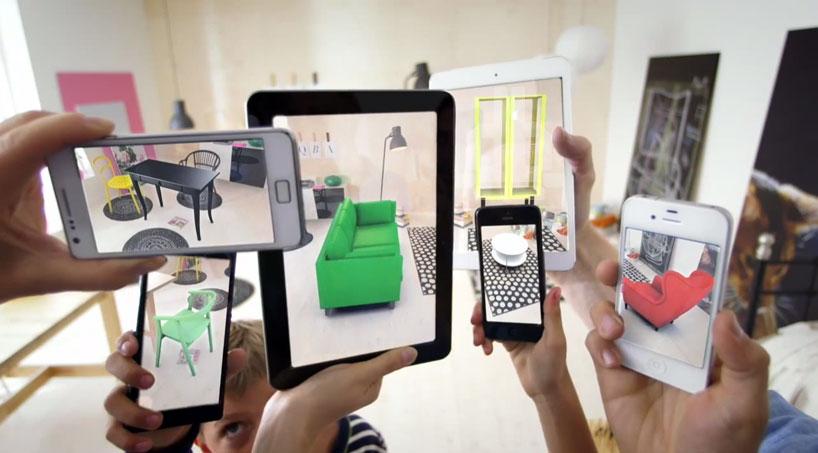Augmented Reality (AR) shopping, once a concept confined to science fiction, has become a cornerstone of modern marketing strategies. By seamlessly blending the digital and physical worlds, AR enhances both online and in-store shopping experiences, offering a new dimension of consumer interaction. This technological leap is not just a trend but a significant evolution in the way brands connect with their customers.
The Rise of Virtual Fitting Rooms
A key driver of this revolution is the virtual fitting room. According to a study by Fortune Business Insights, the market for virtual fitting rooms is expected to skyrocket from USD 2.4 billion today to USD 10 billion by 2027. This growth reflects the increasing demand for contactless shopping experiences, especially in the wake of the COVID-19 pandemic. Virtual fitting rooms offer a solution to the limitations of traditional dressing rooms, providing a cleaner, more efficient, and personalized shopping experience.
Leading Brands Pioneering AR Shopping
Several brands have already embraced AR technology, setting the stage for a future where augmented reality shopping is the norm rather than the exception. Here are six brands that are leading the way:
- Gucci
- The iconic Italian fashion house has integrated AR into its app, allowing customers to try on sneakers virtually from the comfort of their homes. By pointing their smartphone camera at their feet, users can choose from 19 different sneaker models that are projected onto their feet in real-time. This innovation enhances the shopping experience by allowing customers to visualize how the shoes will look without needing to visit a store.
- Porsche
- Porsche has taken AR shopping a step further with its digital ‘Porsche Brand Academy.’ This immersive experience, which combines AR and 8D content, allows employees to explore the brand’s history and even participate in the virtual construction of a car. This initiative not only strengthens employee loyalty but also sets the stage for future customer experiences that could bring the luxury automobile buying process into the digital age.
- Dulux
- The paint manufacturer Dulux offers a visualization app that allows customers to virtually paint surfaces and walls in their homes. This AR tool enables users to see how different colors will look in their space, eliminating the guesswork and hassle of selecting paint colors in a store. It’s a game-changer for DIY enthusiasts and professionals alike, streamlining the decision-making process.
- Sephora
- Since 2016, Sephora has been using AR to enhance its customers’ shopping experiences with its “Visual Artist” tool. This feature allows users to see how makeup products, such as lipstick and eyeshadow, will look on their faces. By simply using the Sephora app, customers can quickly determine if a particular shade complements their complexion, making the process of selecting cosmetics easier and more personalized.
- Foot Locker
- Foot Locker has utilized AR to create dynamic and interactive shopping experiences. One of their most notable campaigns involved a Snapchat AR filter that brought a three-dimensional version of basketball star LeBron James to life from a poster. This innovative use of AR not only captivated customers but also went viral on social media, demonstrating the power of immersive technology in driving brand engagement.
- Toyota
- Toyota introduced its Hybrid Virtual Reality shopping app in 2019, giving customers an interactive look inside the C-HR model. By pointing their smartphone at the car, users can explore the interior and interact with various elements, such as the engine and battery. This app provides a deeper understanding of the vehicle’s features, helping customers make more informed purchasing decisions.
The Future of Shopping
As these examples show, AR is transforming the retail landscape by offering more than just a visual representation of products. It creates immersive experiences that engage customers in ways traditional shopping methods cannot. In a world where consumers are increasingly seeking personalized and interactive shopping experiences, AR technology offers a powerful tool for brands to stand out in a crowded market.
In conclusion, augmented reality shopping is not just a fleeting trend but a significant shift in how we shop. By providing consumers with innovative ways to engage with products, AR is reshaping the retail industry, making shopping more convenient, interactive, and tailored to individual preferences. As technology continues to evolve, we can expect even more exciting developments in the world of AR shopping, further blurring the lines between the virtual and physical worlds.
